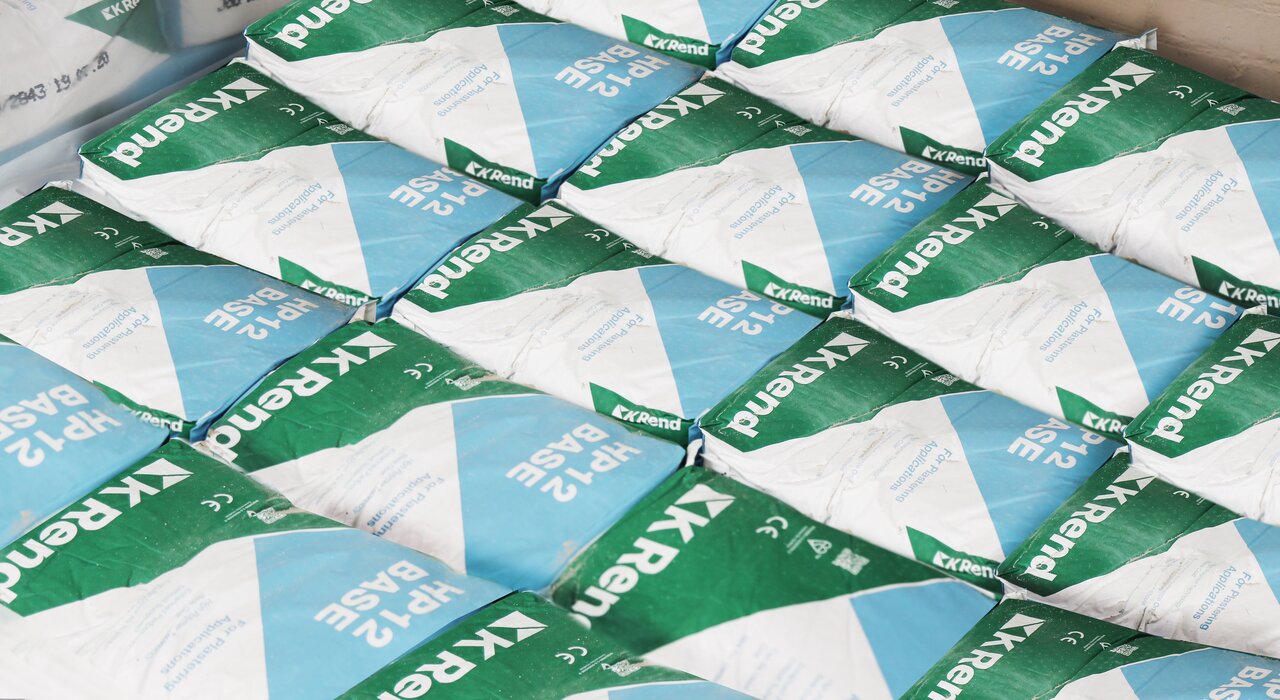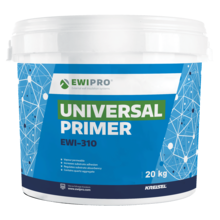
People often confuse ‘K rend’ as a product but ‘K rend’ is in fact a brand that has a large range of render products. These products are manufactured by a company called ‘Kilwaughter’ which is the chemical manufacturer parent company based in Northern Ireland. What renders do they offer? They offer a range of FT one coat topcoats, this topcoat is a cement based, polymer modified render. Having silicone as a component of this product enables it to have higher water repellency, which in turn means that less dirt will be able to adhere to the surface, meaning it will be clean for longer and lower maintenance than other types of render. This offers similar properties to other silicone-based topcoats for example, although not cement based, EWI Pro’s EWI-075 Silicone render will offer you long lasting results, a self-cleaning and low maintenance finish. Can you k-rend over painted render? So, you want to K rend your home, but you already have old painted render that would be costly to remove. So, what are your options, and can you just render over the top? The answer is yes technically, however there are certain things you need to be wary of. K rend is a heavy product so whether its suitable or not depends on the weight of your original paint. If the original paint on your wall is too heavy and not very strong then everything will just fall off the wall. This means you need your installer to analyse and test your current paint to ensure they are comfortable in rendering over the top without worrying about paint peeling off. To help avoid this we do sell a primer called EWI-310. Using this primer will help to secure the new K rend to the wall however the primer can only do so much and does not replace a substrate in good condition. If the paint is too smooth, then you may need to use a primer with grit. you can use 'scrim and pin' fixings to help tie the new render to the wall - these are basically fixings that go through the existing render and into the brick / block beneath, but it isn't ideal solution. Likewise, you could apply insulation and anchor that to the wall, then apply a thin coat render system (K-rend's TC15 or EWI Pro EWI-075) but if the painted render is too weak then ideally it needs to be removed despite the extra labour costs this will incur, in the long run this will save you money in repairs if your render does end up coming off from the walls.


